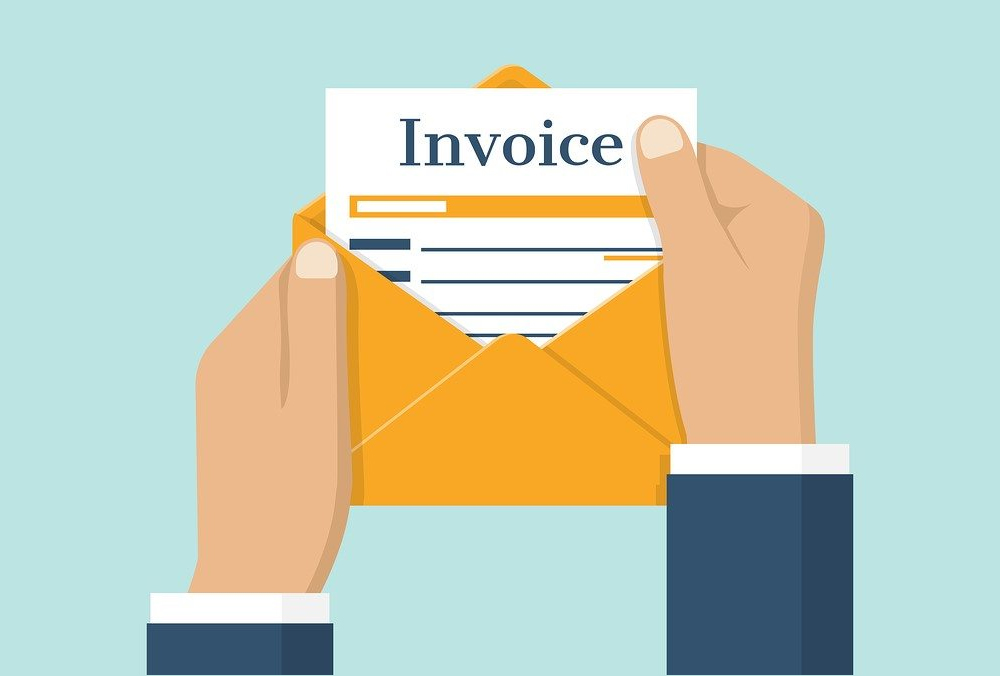

While non-recourse theoretically means your company is off the hook should your customer not pay, the premium required for non-recourse factoring will usually be far beyond what you’d be willing to pay.įurthermore, you’d need to obtain credit insurance to cover the factor in the event of delinquency, and your business customers need to be extremely creditworthy in order for you to be approved by the insurance company.

Recourse factoring means that if your customers don’t pay, you must return the cash advance. Most factoring contracts include the following terms: Recourse or Non-recourse Factoring Monthly minimum volume fee: this is charged to you only if you originally agreed to sell a minimum of invoices (in order to lessen your fees), but you did not meet the minimum.However, this fee doesn’t apply to every single invoice, but to the entire amount you receive, usually a combination of several cash advances and rebates. Wire fees: expect this to be about $25, charged when cash from your reserve account is wired to your bank account.Account initiation fee: you’ll pay this just once for the factor to evaluate the original debtor’s credit background.These are different across factoring companies, but here are some common operational fees: While the second option sounds complicated, it amounts to a similar fee to that of a plain flat discount.
#Invoice factoring rates plus#
1% plus Prime (currently about 5% annual) +0.5 If a factoring company says they have only one fee, it probably means the administrative fees are tied into their factoring rates.įactoring companies generally use one of the following rate structures to calculate factoring fees: Flat DiscountĮ.g.


 0 kommentar(er)
0 kommentar(er)
